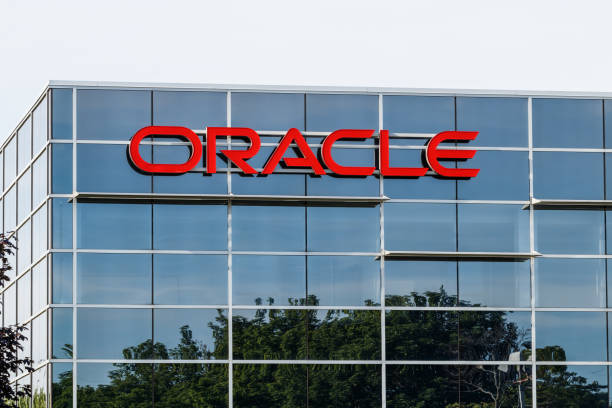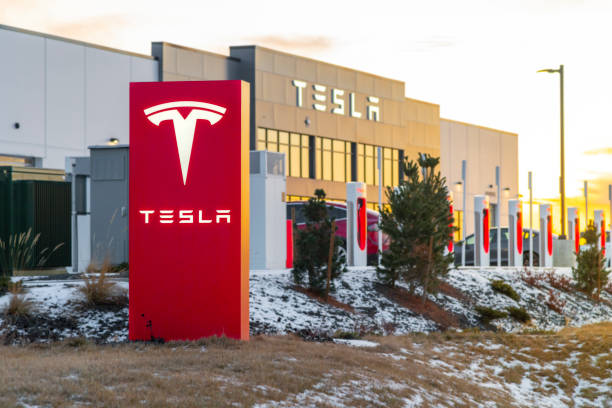AI Demand Continues to Drive Oracle Forward

Oracle (ORCL) has demonstrated strong stock performance recently, partly attributed to its strengthened collaboration with OpenAI and being rumored as a potential acquirer of TikTok. Over the past two years, Oracle's share price has risen significantly, increasing by 60% in 2024. This growth is primarily driven by advancements in artificial intelligence (AI) and the company's shift toward cloud services, which have become its core business driver.
OpenAI Contract Secured
In June 2024, Oracle's stock began to rise due to partnerships with Google and OpenAI. OpenAI runs deep learning and AI workloads on Oracle's cloud infrastructure, while Oracle's multi-cloud partnership with Google allows customers to access Oracle database services directly on Google Cloud data centers. This collaboration aims to modernize IT environments and leverage advanced tools such as Google's Gemini foundation models.
On August 2, OpenAI announced it had agreed to lease 4.5 GW of computing capacity from Oracle, a figure equivalent to roughly a quarter of the U.S.'s existing data center capacity. Furthermore, Oracle secured a $30 billion annual cloud contract, expected to generate revenue starting in fiscal 2028. Following this announcement, Oracle's stock price surged over 5%.
Cloud Business Growth
Although the new OpenAI contract won't generate immediate revenue, Oracle's cloud and database services have seen increasing demand due to AI. In Q4 of fiscal 2025 (ending May 2025), cloud services and license support revenue accounted for 77% of Oracle's total revenue, up from 74% a year earlier. Total revenue grew by 11% year-over-year to $15.9 billion, surpassing market expectations of $15.59 billion. Adjusted EPS increased 9% to $1.70, also exceeding expectations.
Cloud services revenue reached $6.73 billion, a 27% year-over-year increase, reflecting continued growth in demand. Infrastructure-as-a-Service (IaaS) revenue grew 52% to $3 billion, while Software-as-a-Service (SaaS) revenue rose 12% to $3.7 billion.
Future Growth Prospects
Oracle predicts revenue growth of 12% to 14% in Q1 fiscal 2026, with adjusted EPS between $1.46 and $1.50, slightly above market expectations. For fiscal 2026, total revenue is expected to reach $67 billion, a 16% year-over-year increase, driven by a projected IaaS growth of over 70% and SaaS growth exceeding 40%.
Remaining performance obligations (RPO), a key indicator of future revenue, grew 41% year-over-year to $138 billion in Q4. Cloud-related RPO increased 56%, accounting for 80% of total RPO. Approximately 33% of total RPO ($45.5 billion) is expected to be recognized as revenue within the next 12 months, representing approximately 68% of fiscal 2026's projected revenue.
Key Challenges and Opportunities
For sustained growth, Oracle must continue increasing its cloud business share, which requires significant capital expenditure. However, the company's operating profit margin remains stable.
Additionally, Oracle is rumored to be a potential acquirer of TikTok. If successful, this could provide Oracle with a valuable business and access to TikTok's algorithm, potentially boosting its valuation. However, this remains speculative, and the deal's success depends on avoiding excessive costs.
Valuation and Recommendations
Oracle's price-to-earnings (PE) ratios for fiscal 2026 and 2027 are estimated at 35x and 29x, respectively. Bloomberg's consensus 12-month price target is $223.08, already below its current price, though some analysts have recently raised their targets to above $240. Investors with a higher risk tolerance can consider buying at the current price with a 15% stop-loss strategy.
By Tim Chen, MoneyClub financial writer
Having over 10 years of investment analysis experience and serving as a financial columnist.







